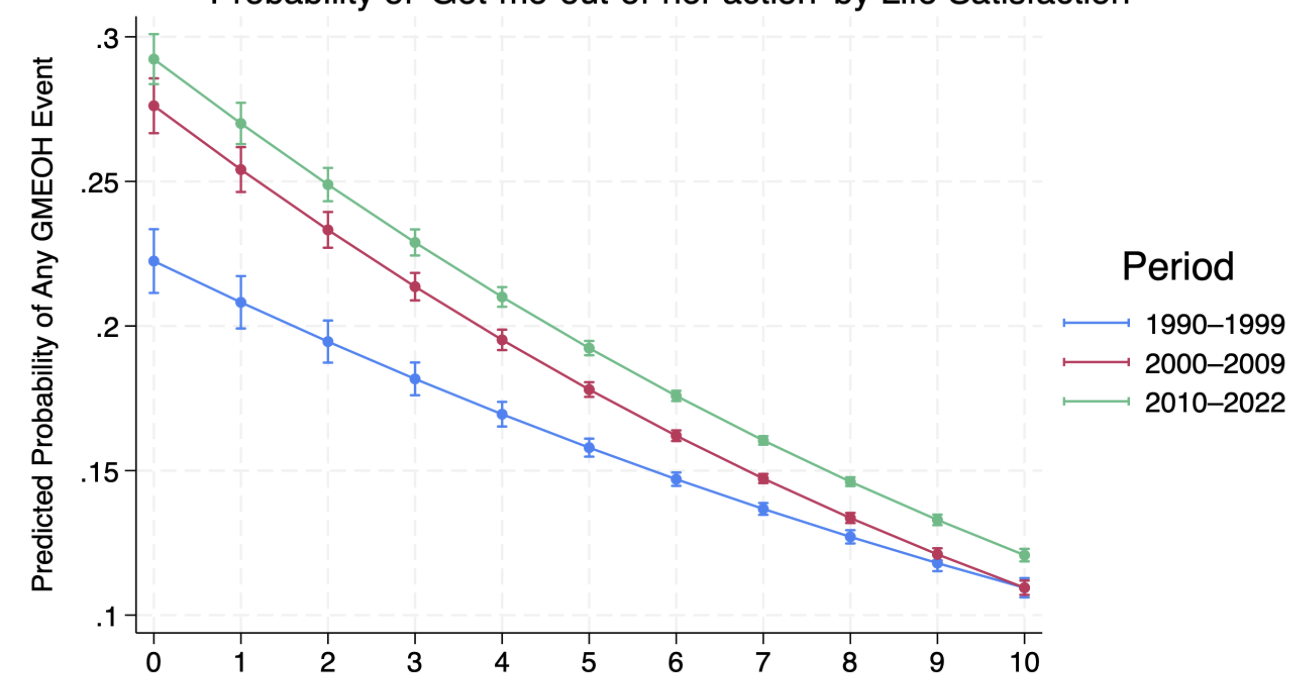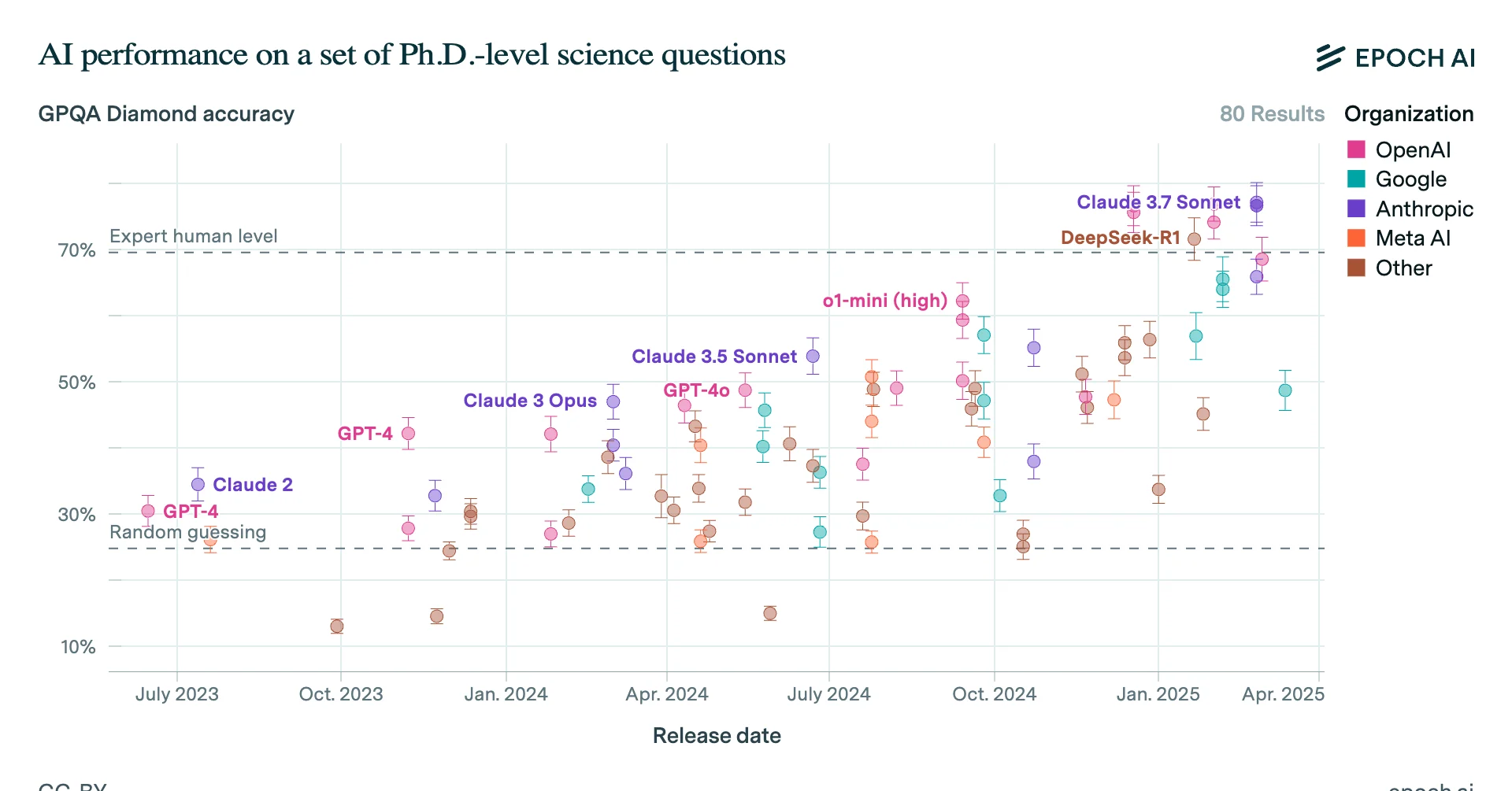This is a reminder announcement that applications for Pathways to Progress’ book discussion series close on Sunday, July 21st at 11:59 PM ET.
We aim to create a community of individuals committed to exploring and contributing to human prosperity. We will discuss technological and scientific innovation to foster a deep understanding of the mechanisms behind human advancement. Readings will investigate historical examples of progress, the implications of economic growth on moral progress, and the relationship between technological progress and societal change.
We will meet bi-weekly over Zoom to discuss a book, followed by a Q&A conversation with the author. We will have regular podcast-style conversations with other guests, who currently include Alec Stapp, Rasheed Griffiths, and Kurtis Lockhart. We will post conversations on our YouTube channel.
Here are the details on our upcoming dates:
- Thursday, July 25 at 8 PM ET: Orientation meeting.
- Sunday, August 4th at 12 PM ET or Tuesday, August 6th at 8 PM ET: Discussion on Stubborn Attachments by Tyler Cowen.
- Sunday, August 18th at 12 PM ET or Tuesday, August 20th at 8 PM ET: Discussion on On Praise of Commercial Culture by Tyler Cowen.
- Thursday, August 22nd at 8 PM ET: Q&A with Tyler Cowen.
- Future books: Where’s my Flying Car by J. Storrs Hall and The Secret of Our Success by Joseph Henrich.
If you know you won't be able to make it to the first two discussion meetings or are only interested in our future discussions, you can wait to apply. For updates, follow us on X or join our mailing list.
If you have any inquiries, please feel free to contact us at pathwaystoprogress01@gmail.com.


